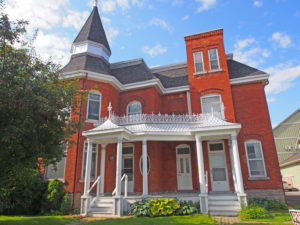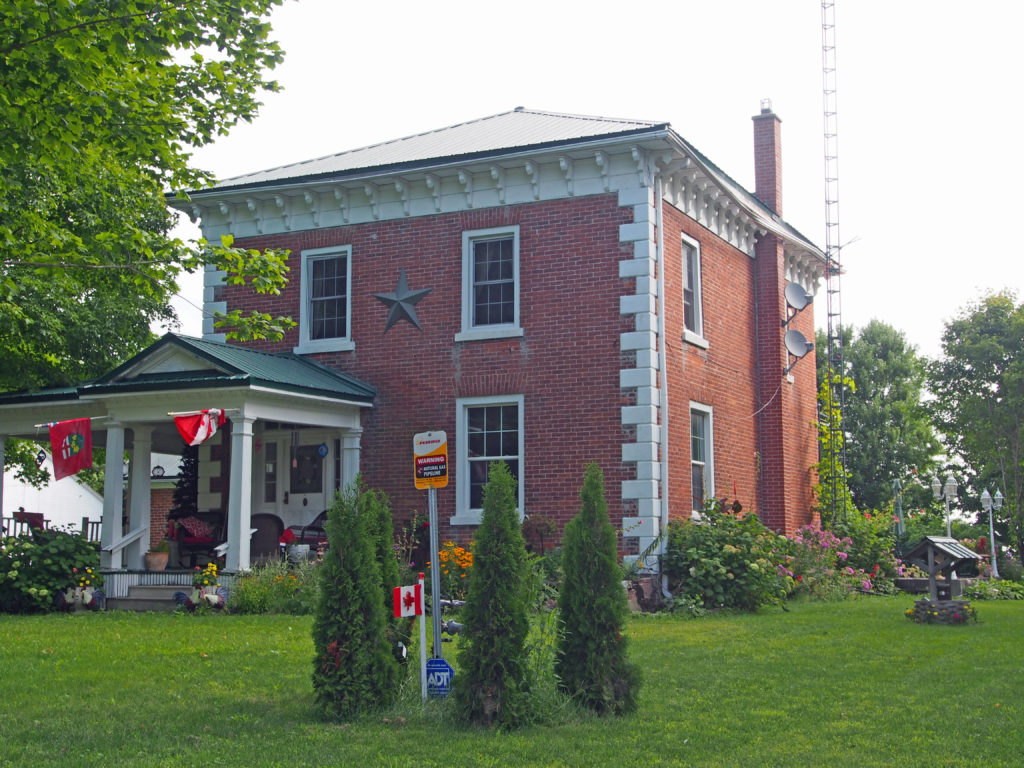Kemptville, Ontario and Area – My Top 6 Picks
Kemptville is a community located in south eastern Ontario in the northernmost part of the United Counties of Leeds and Grenville and is about fifty-six kilometers south of Ottawa. Kemptville Creek begins southwest of the town, divides Kemptville, and flows four kilometers to empty into the Rideau River. Kemptville is composed of forests and farmland. The name Kemptville was adopted in 1829 as a tribute to Sir James Kempt, the Governor of British North America.
In 1812, Lyman Clothier bought one hundred acres of land from John Byce for the price of a yoke of oxen, and a flintlock rifle. Mr. Clothier had lived in the area since 1804 or 1805, and in 1812 he and his four sons built a saw mill, and two houses in what is now Kemptville. The mill was important for the settling of the community; in order to construct a crude dwelling, lumber was required. The mill provided lumber for settlers throughout Oxford Township.
The village was located on the Ottawa-Prescott Road and many travelers passed through the settlement. Â One of Mr. Clothier’s sons, Asa, opened his home to these travelers as a resting and meeting place. The “Clothier’s Hotel” was born. A grist mill was added in 1821 when the Clothiers placed some grinding stones in the lower part of their saw mill. Rather than taking their grain to a site on the St. Lawrence River, a daunting hike in the best of conditions, the settlers could now take it to this grist mill. A blacksmith’s shop was built and run by the Clothiers. A schoolhouse was built in 1823 and served the surrounding communities for many years. The first doctor arrived in the community in 1824. A weekly newspaper is published in Kemptville, called the Kemptville Advance, and has been published since 1855.
Elizabethtown-Kitley is a township in eastern Ontario in the United Counties of Leeds and Grenville. Its southern border lies along the St. Lawrence River and it extends north into many rural hamlets and villages. Also in the township are Addison, Forthton, and Newbliss.
Newbliss was settled mostly by Loyalists or immigrants from the British Isles who received their land here as grants from the Crown. One of the first businesses to operate here was Dack’s Tavern, built in 1817 and established as a tavern around the 1830s. The tavern had five rooms, three bed and horse stables, and also hosted Orange Lodge meetings. By the mid-1800s, the village began to flourish when roads improved in the area. By this time, the settlement consisted of two hotels, a blacksmith shop, a wagon shop, a general store, a post office, and its own schoolhouse. A cheese factory consisting of three buildings operated from Newbliss. The main building was later turned into the general store.

220-222 Prescott Street – de Pencier House – 1897- brick – Queen Anne style – tower, turret, iron cresting
Â






